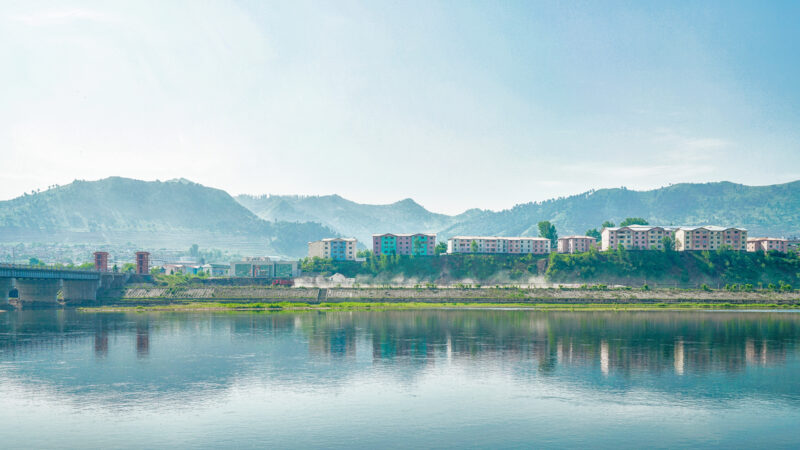PVTIME – In recent years, North Korea has been continuously developing and utilizing various energy resources, which has greatly improved its energy supply.

According to a recent report from the Korean Central News Agency (KCNA), North Korea’s power generation capacity using multiple energy sources has increased nationwide. In the past year, solar power, biomass, and coal gasification power generation capacity increased by approximately 86%, 7.7%, and 4.7%, respectively.
Since the beginning of this year, all parts of North Korea have made full use of energy resources. The reconstruction of wind and solar power stations in North Pyongan Province has injected momentum into local economic development. Hwangju County of North Hwanghae relies on anthracite, rice hulls, and solar energy for power generation, and many counties in North Hwanghae also use biogas for power generation. Some counties in South Hwanghae have also set up solar and wind power generation systems to meet their local power needs.
Pyongyang, the capital of North Korea, is actively using solar energy and wind energy to improve energy supply. In the large urban area of Pyongyang, some families have connected their distributed solar power generation system to the national grid to make effective use of electricity generated in excess.
In addition, multiple power stations across North Korea have been completed and put into production. In October this year, Korea’s model small and medium hydropower station, Jinyejiang No. 2 was completed; in November this year, the Wenchuan military and civilian power station in Gangwon Province was completed and commissioned.
Traditional thermal power generation is still one of the main sources of electricity in North Korea. For this reason, some coal mines in North Korea have worked hard to complete the annual national economic plan to provide sufficient coal supply for thermal power generation.
In terms of improving and increasing power supply, scientific research institutions such as the Natural Energy Research Institute of the Korean National Academy of Sciences are committed to studying the use of various kinds of renewable energy for power production. In the past two years, the Institute has made continuous innovations in increasing the use of geothermal, wind, biomass, and solar energy for power production, and has also studied and utilized abundant hot spring water resources for power production. In addition, it has also promoted biogas power generation systems.
KCNA recently reported that in accordance with the actual local conditions and environment, all parts of North Korea have been actively developing and utilizing a variety of energy resources to solve the power problem on the premise of environmental protection, providing an endless stream of power for economic development, and improving the livelihood of the people.











